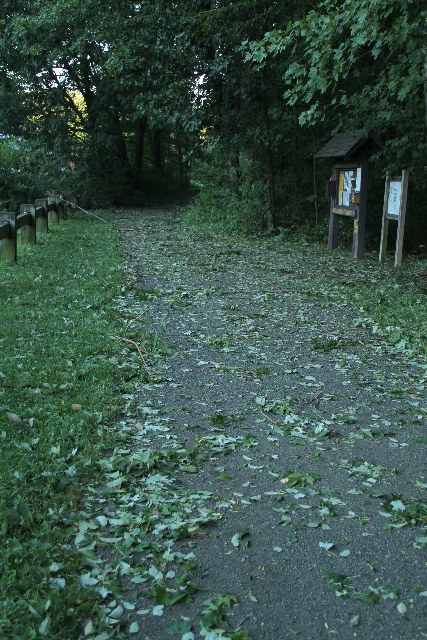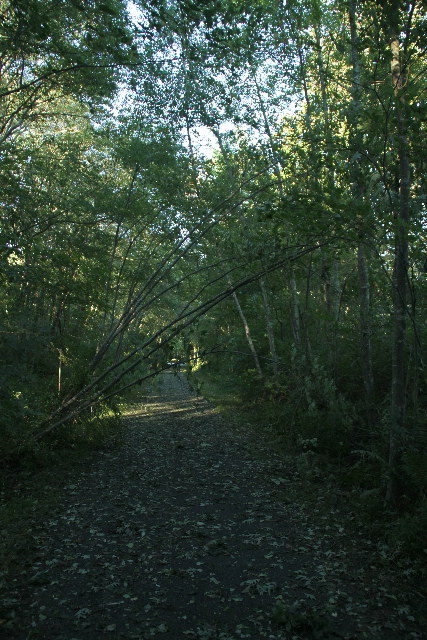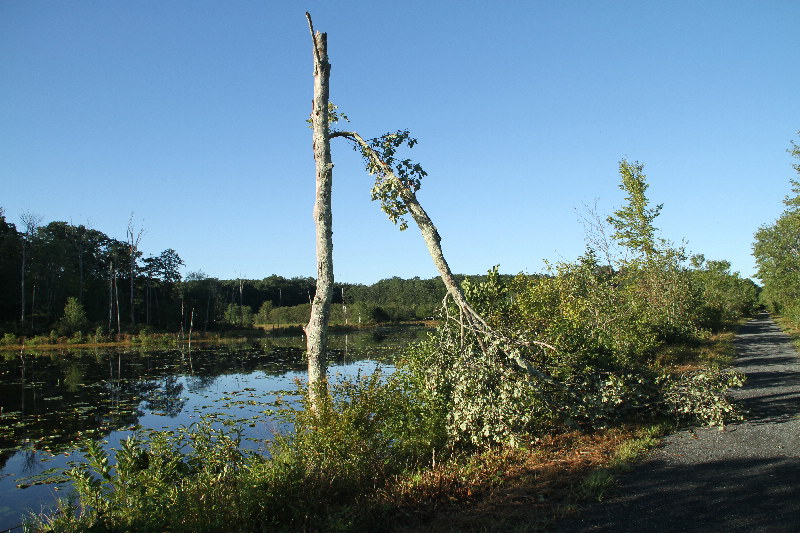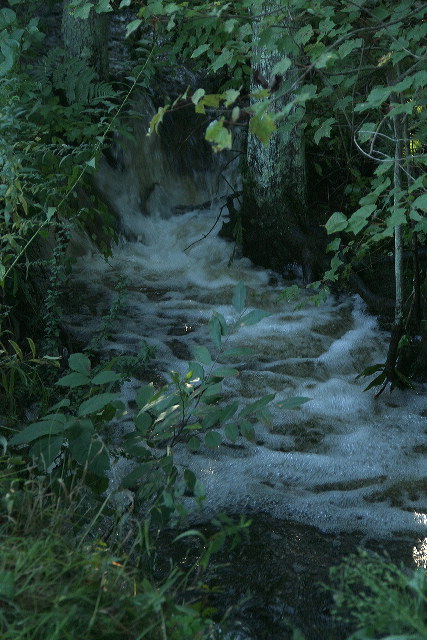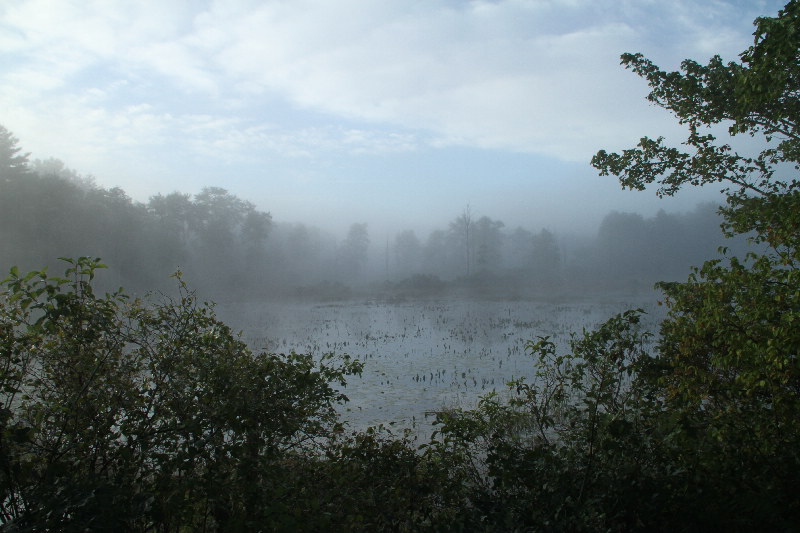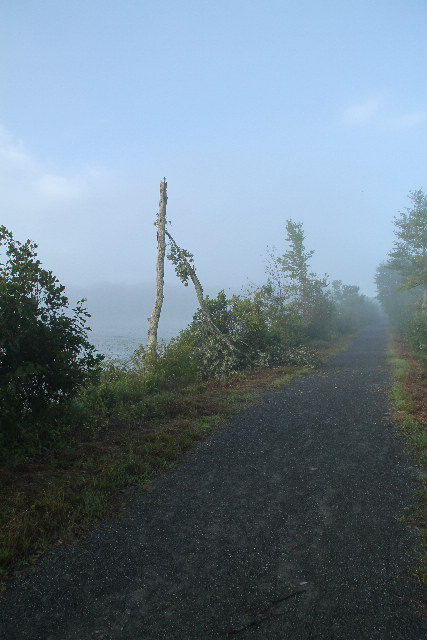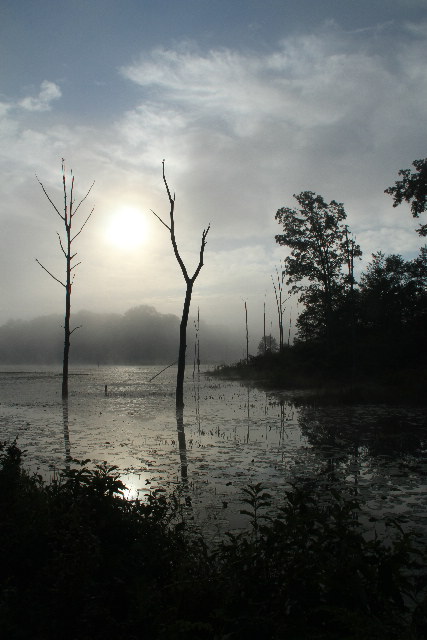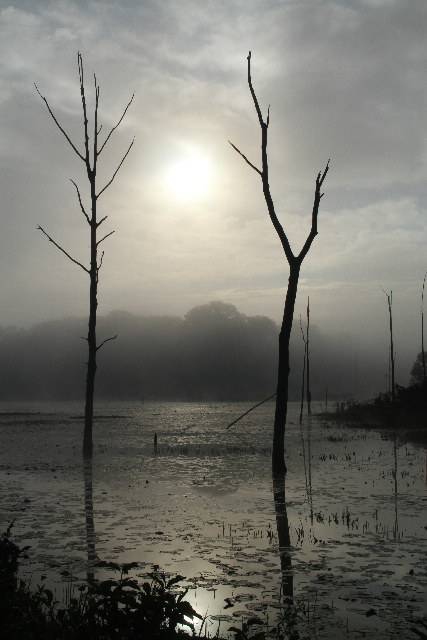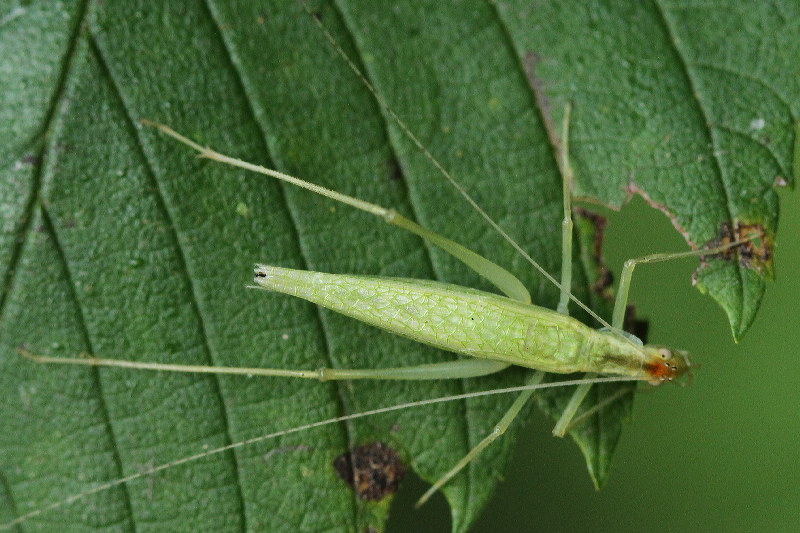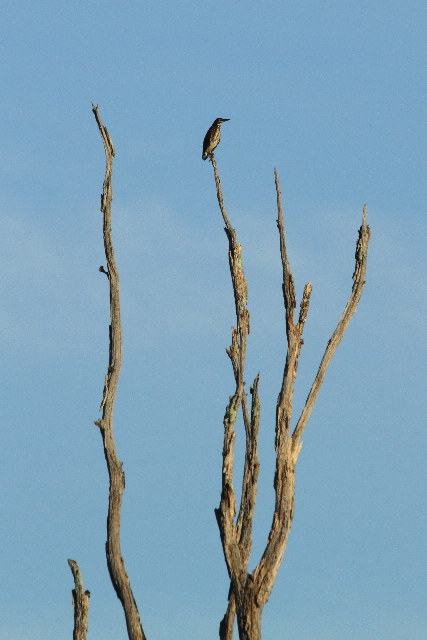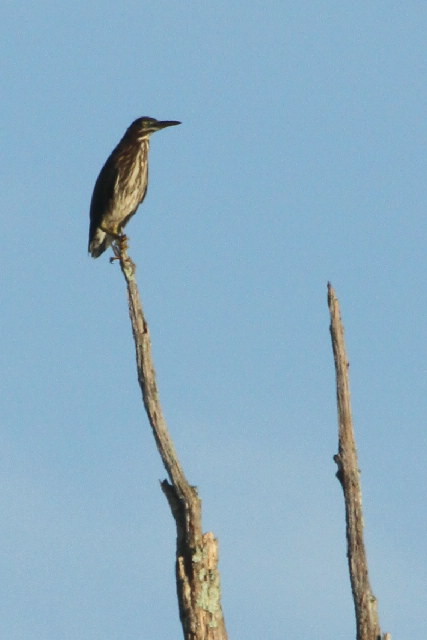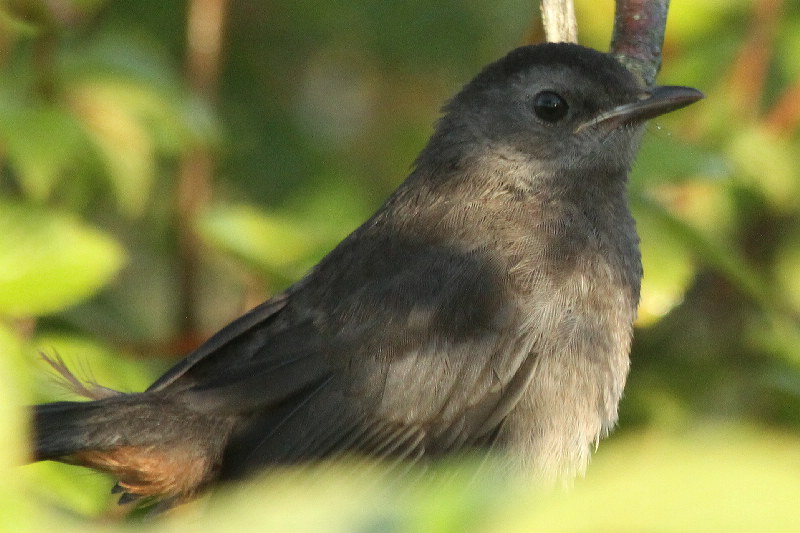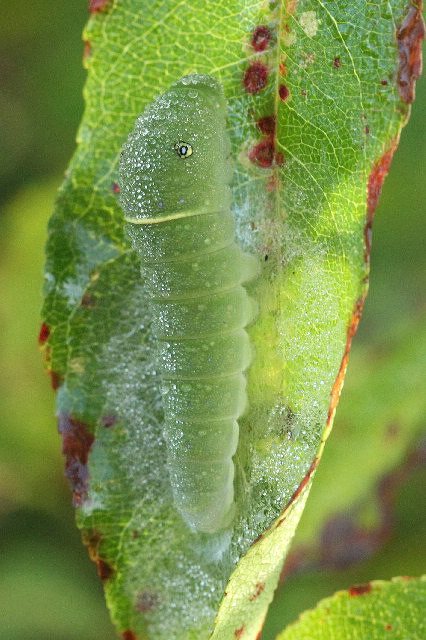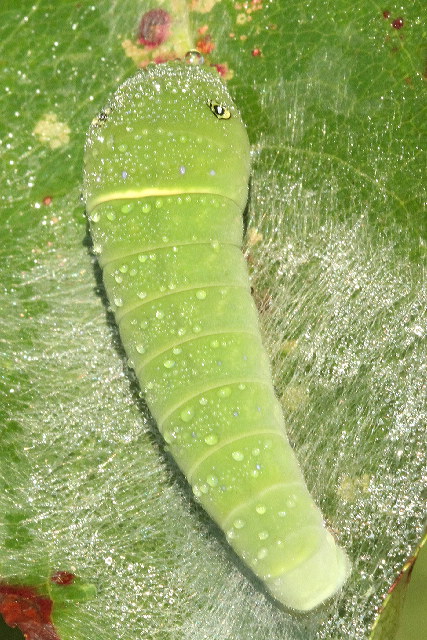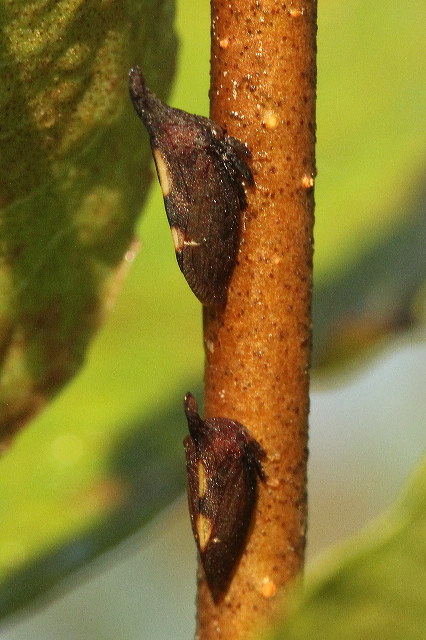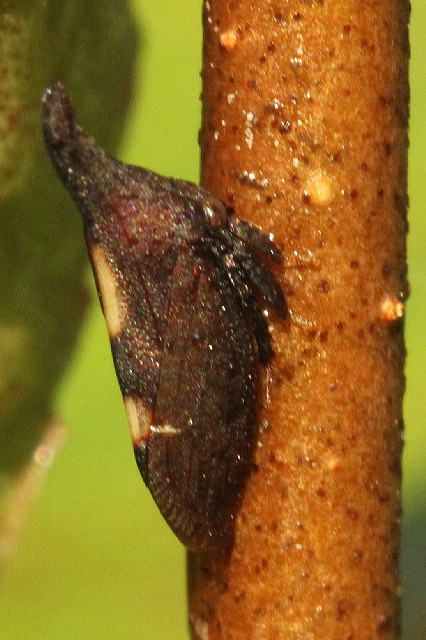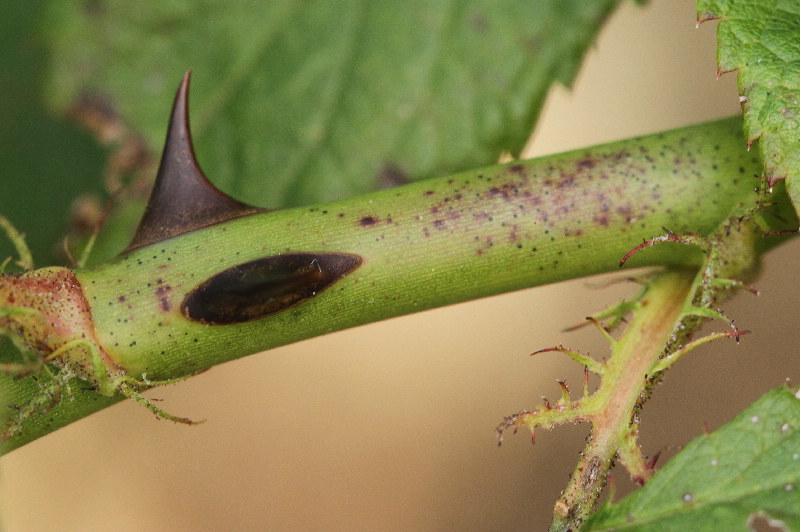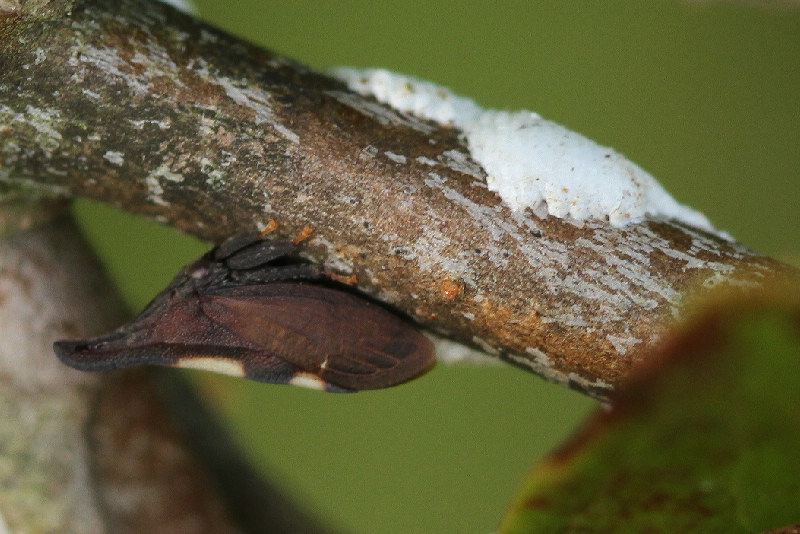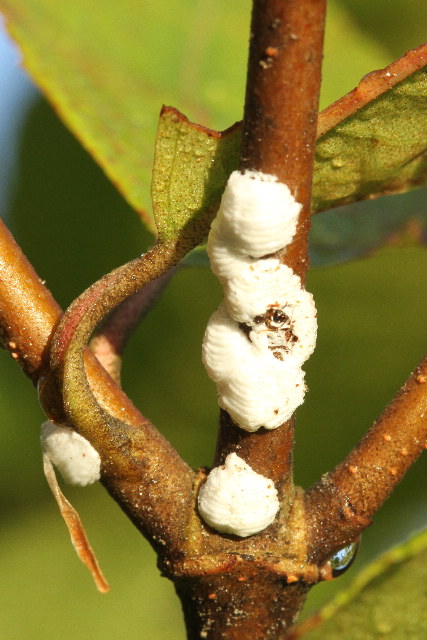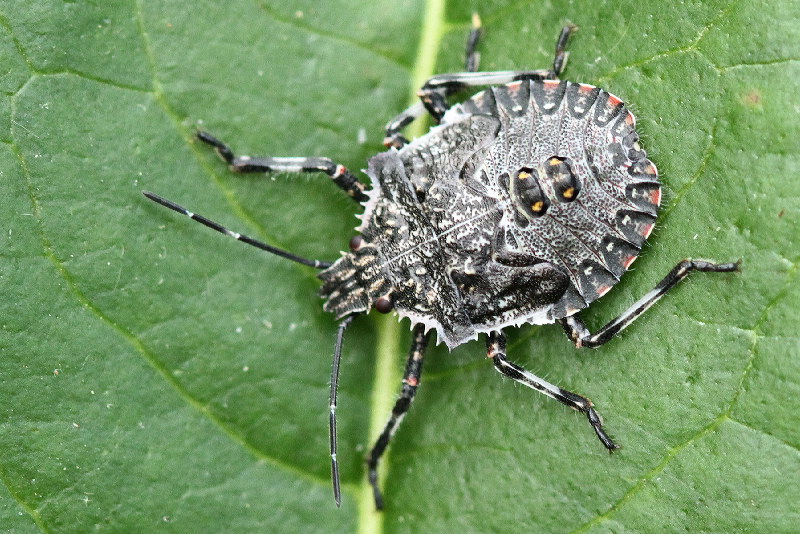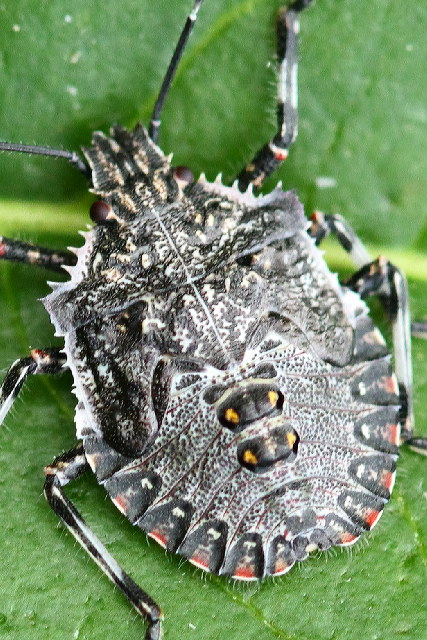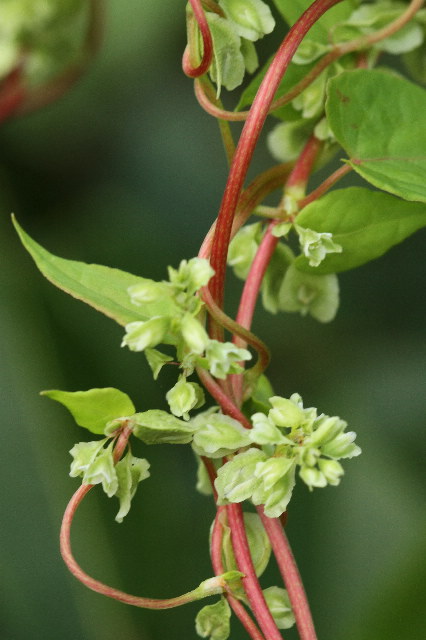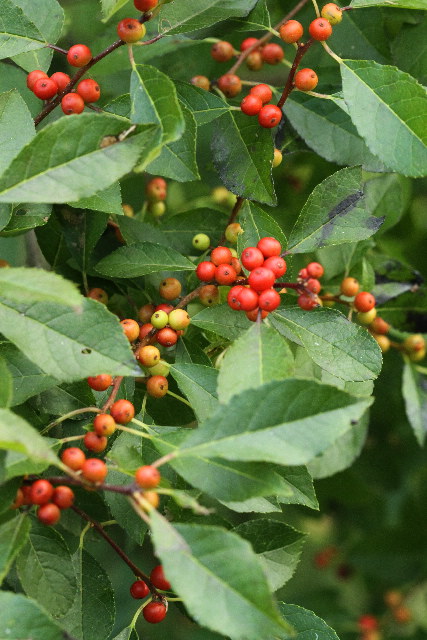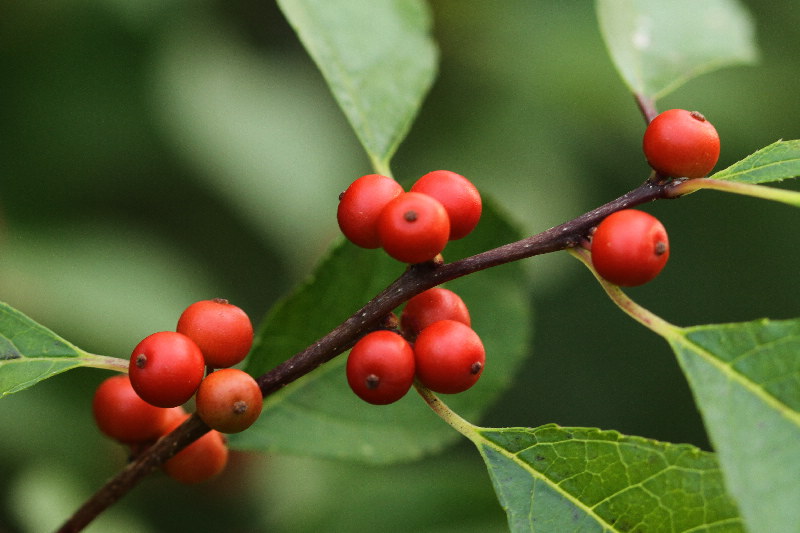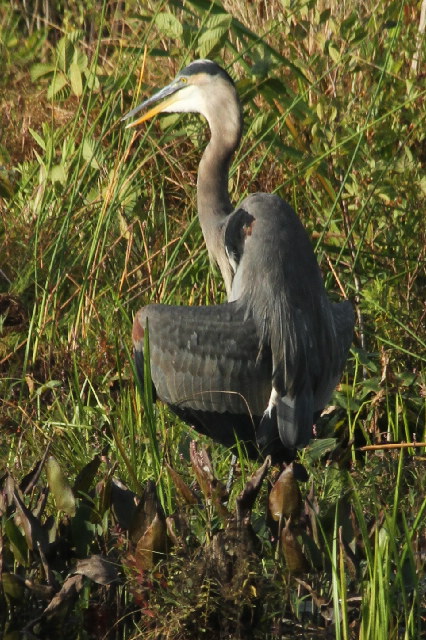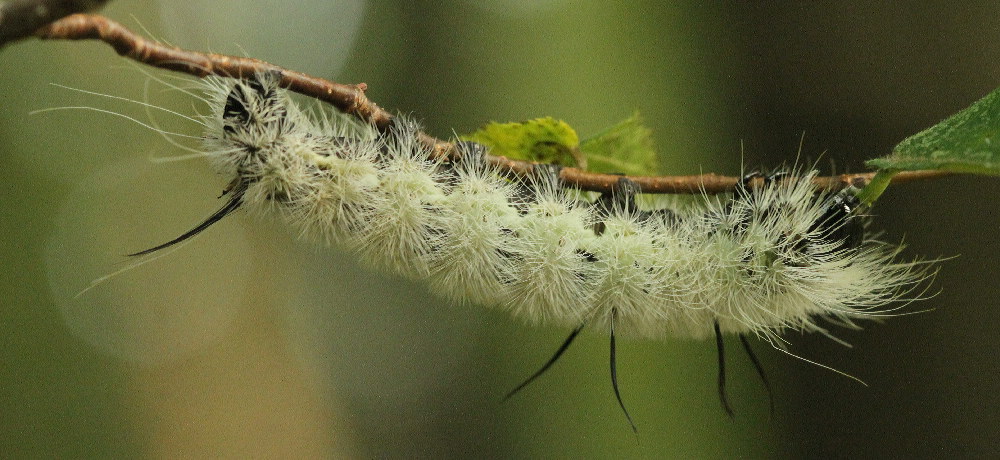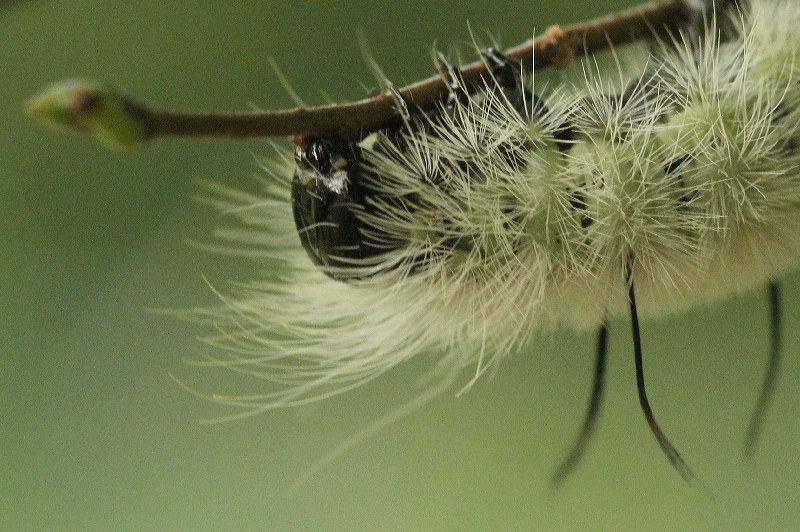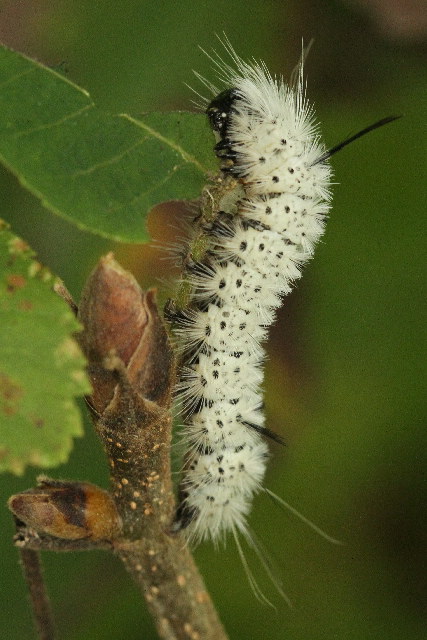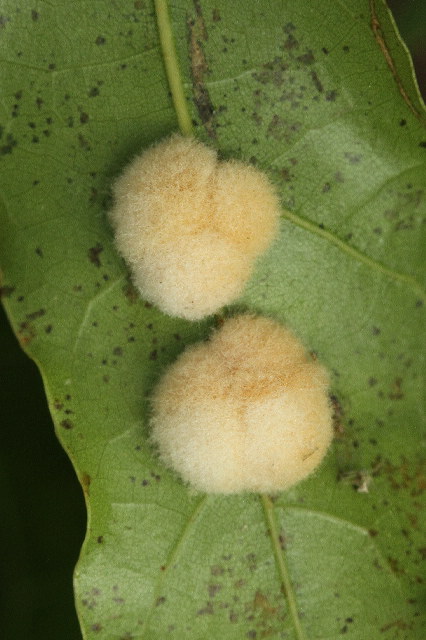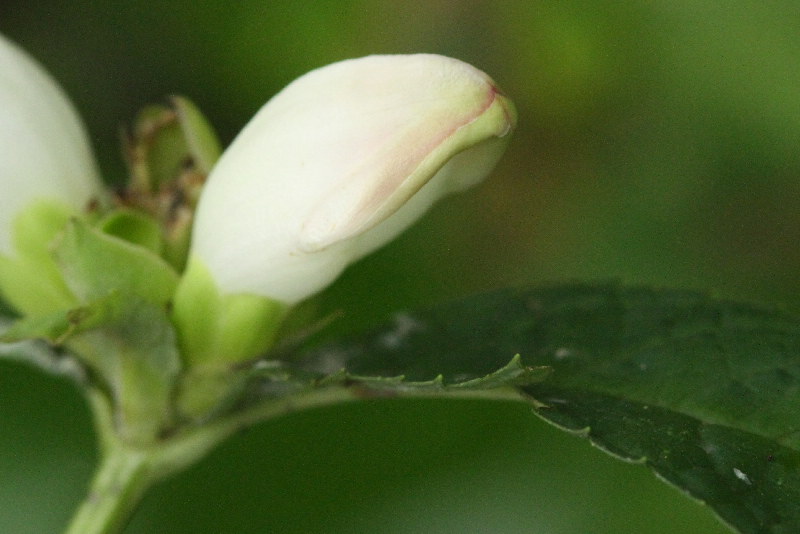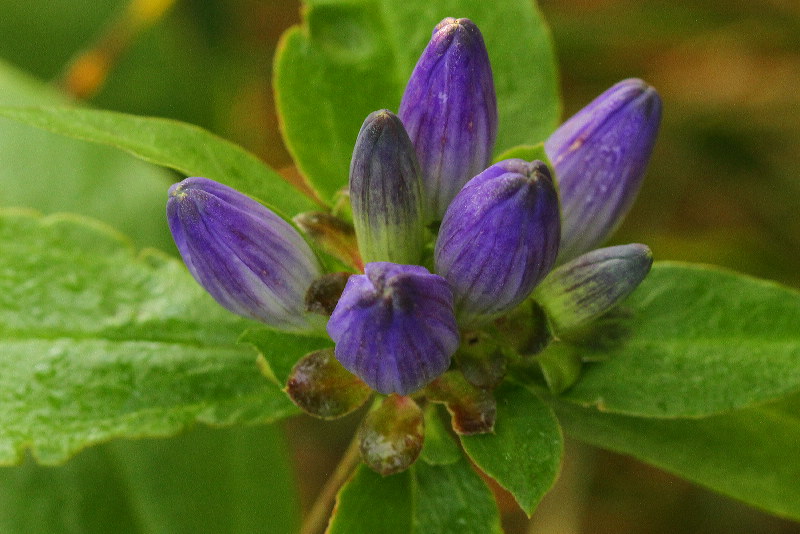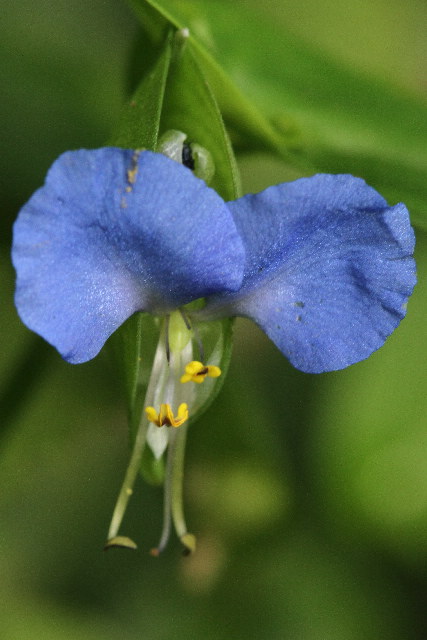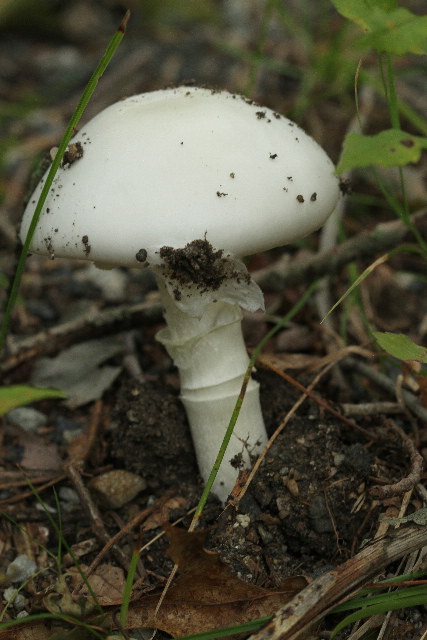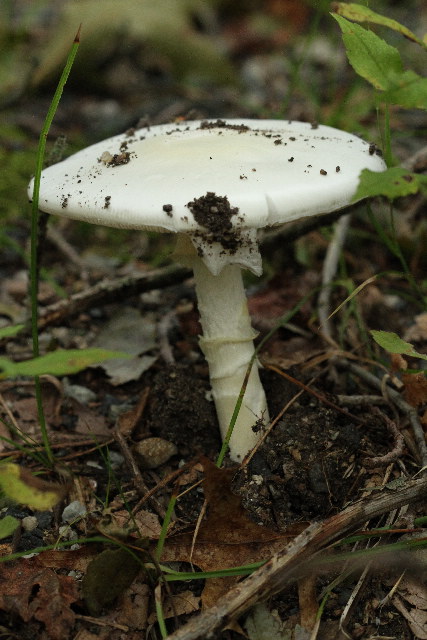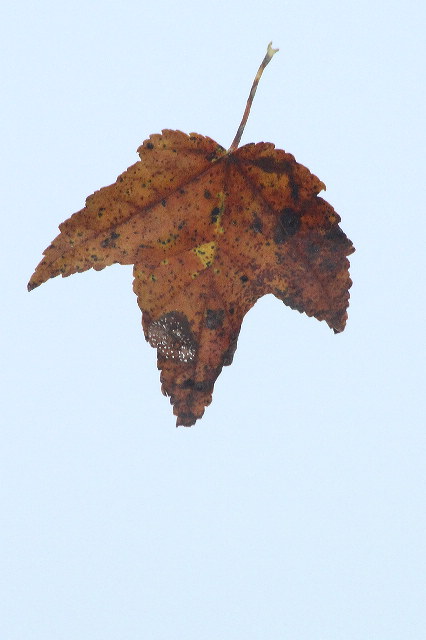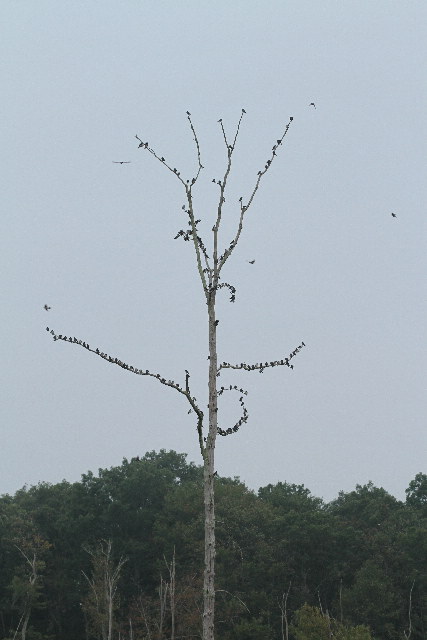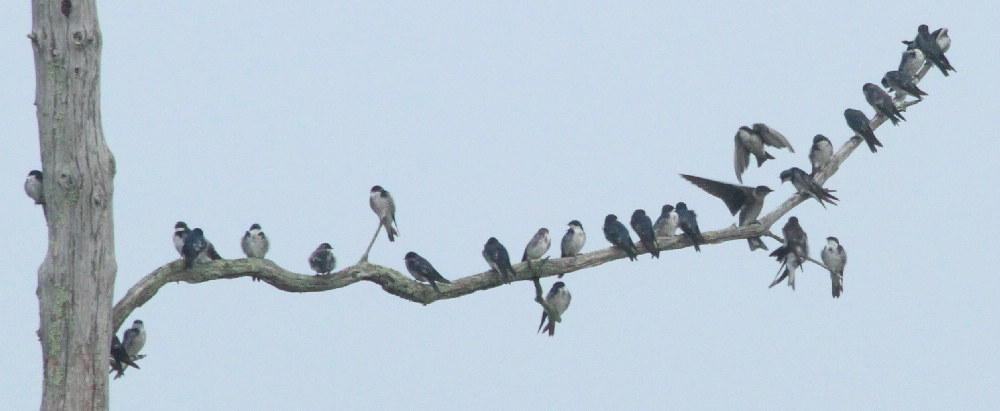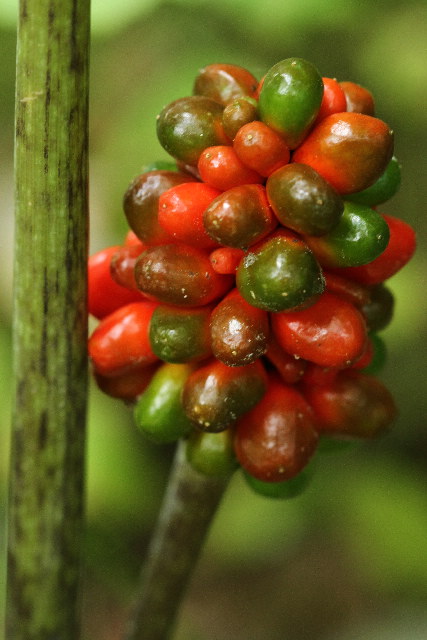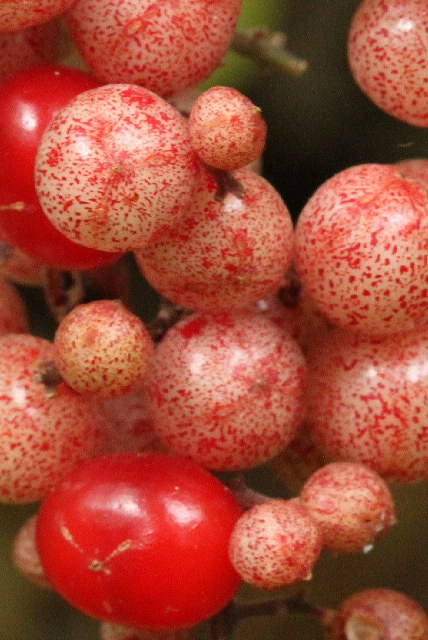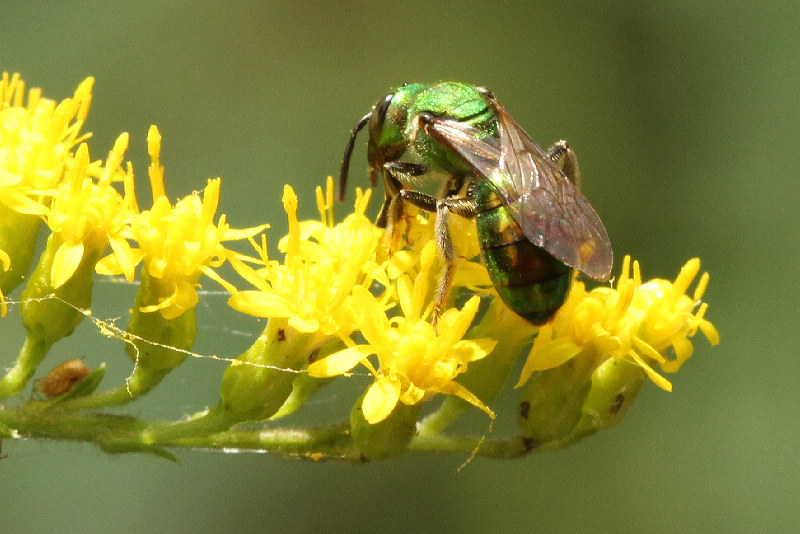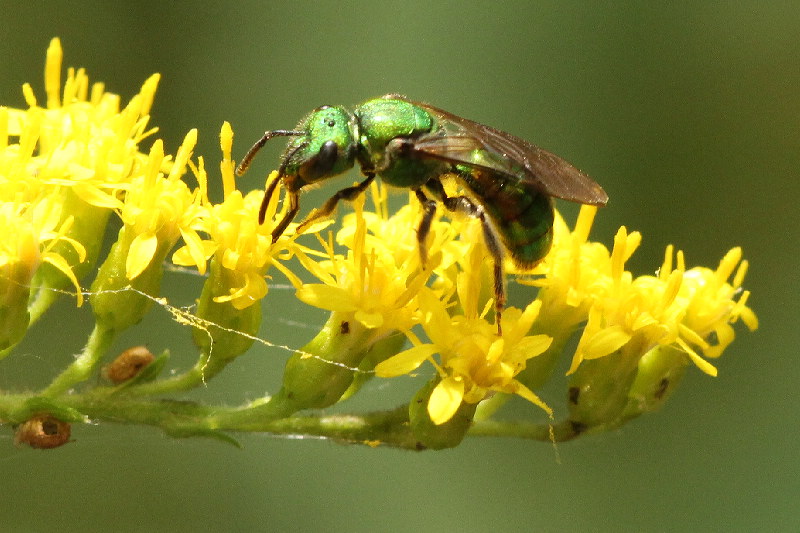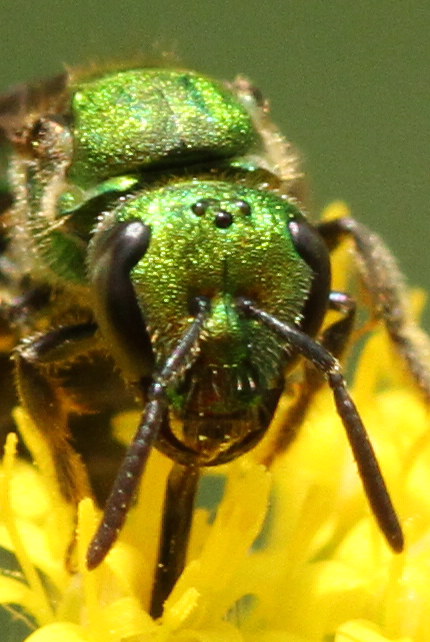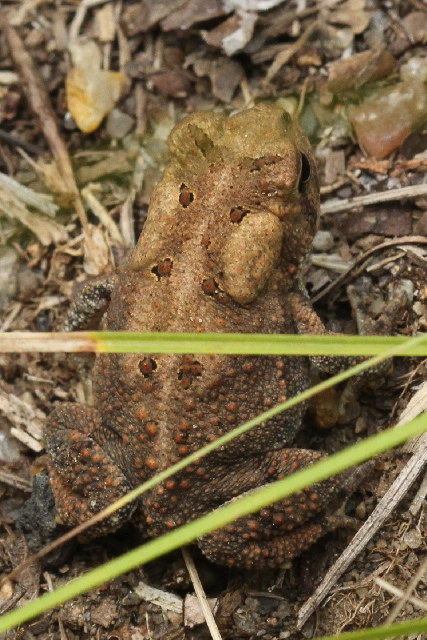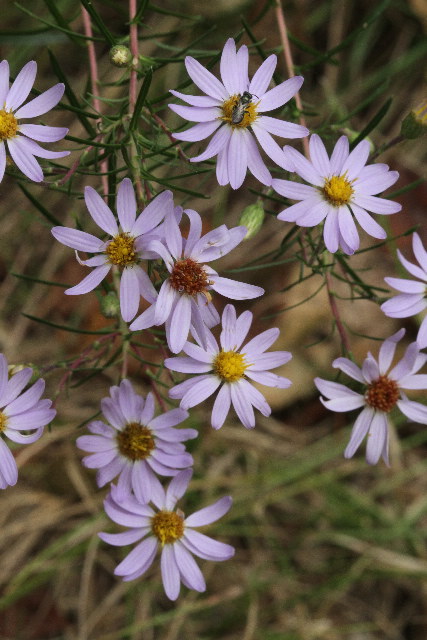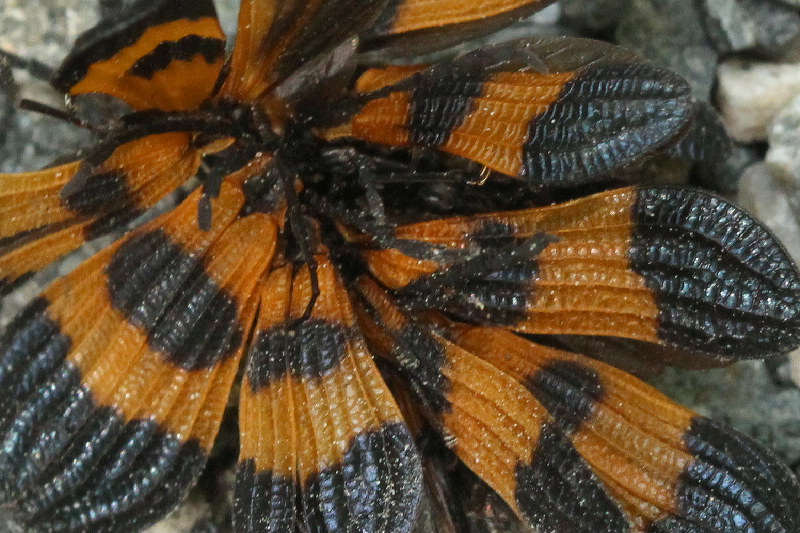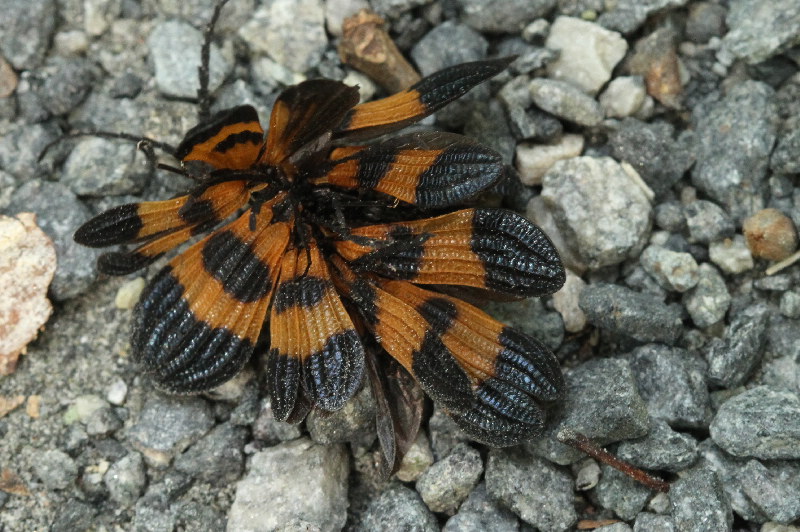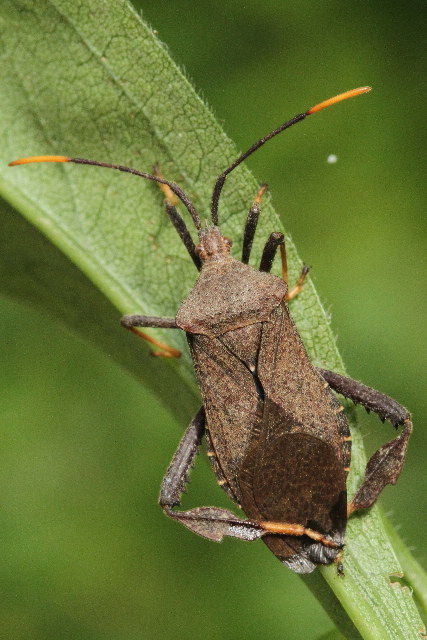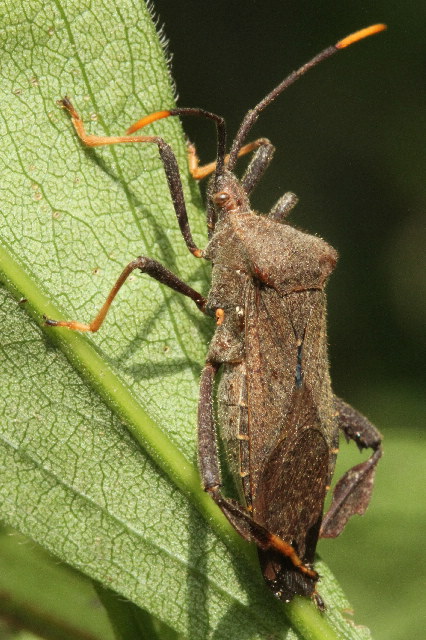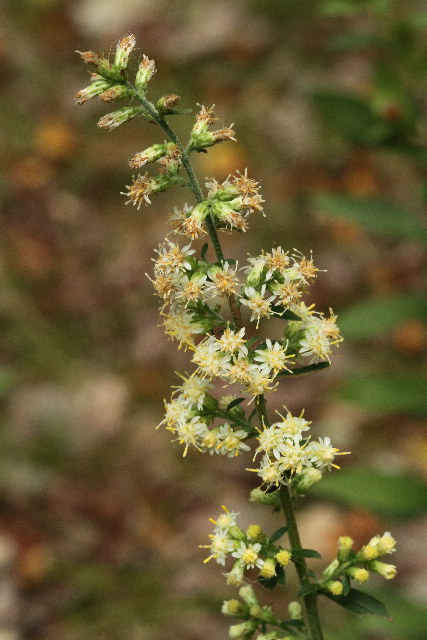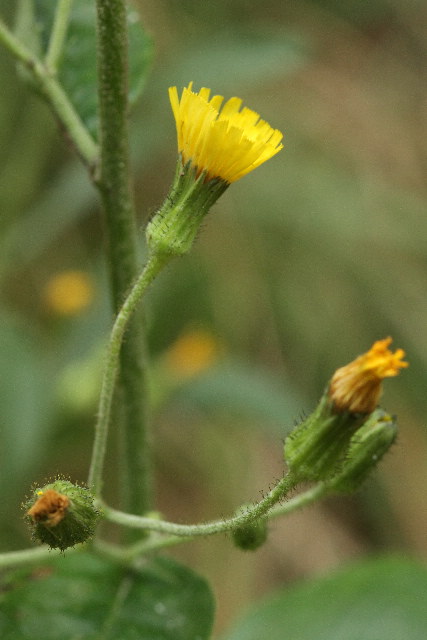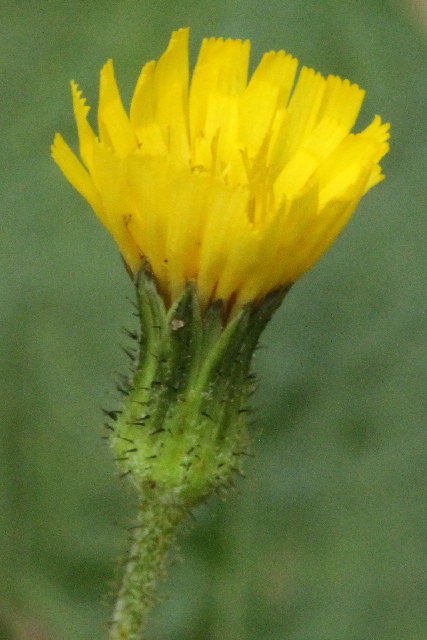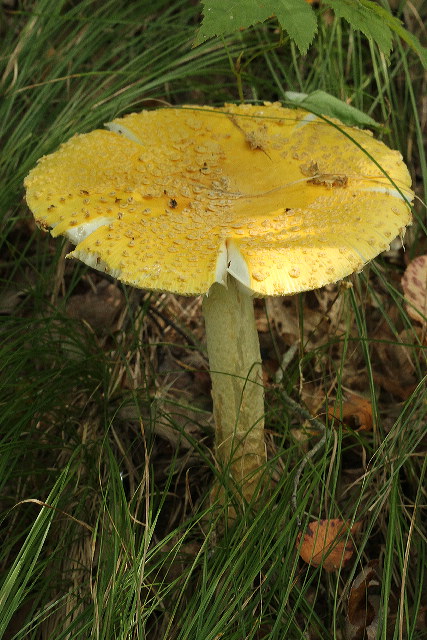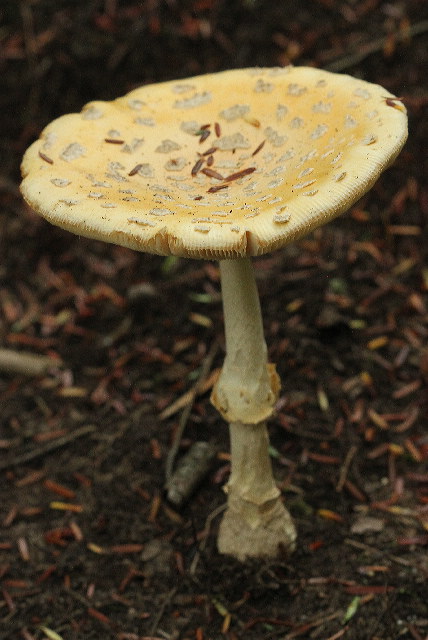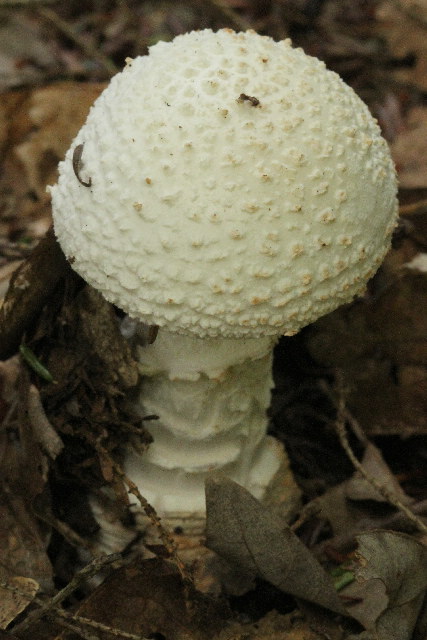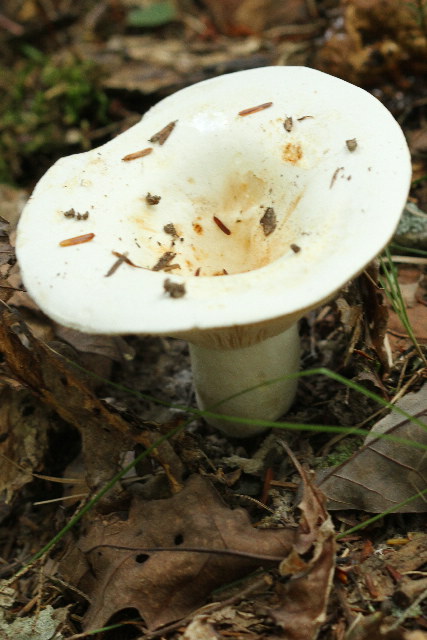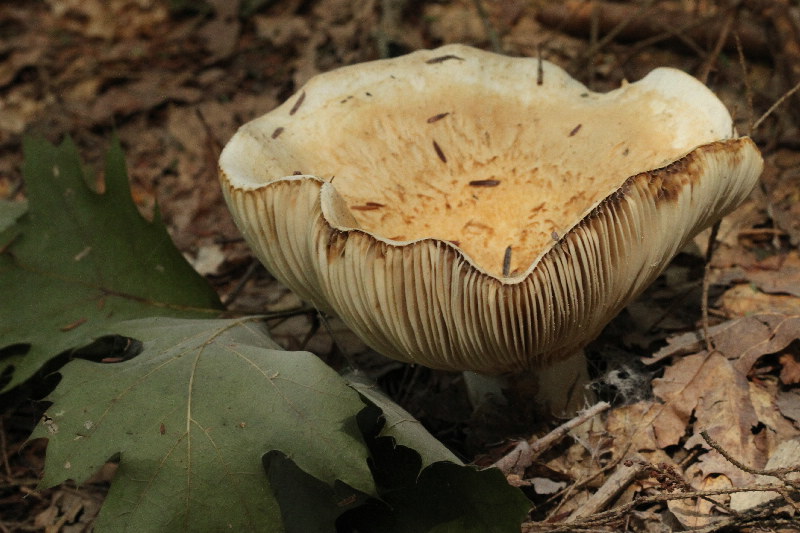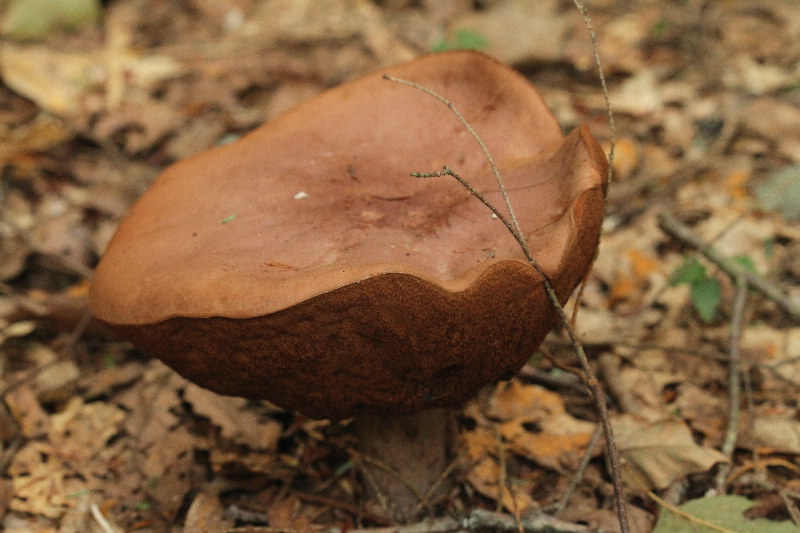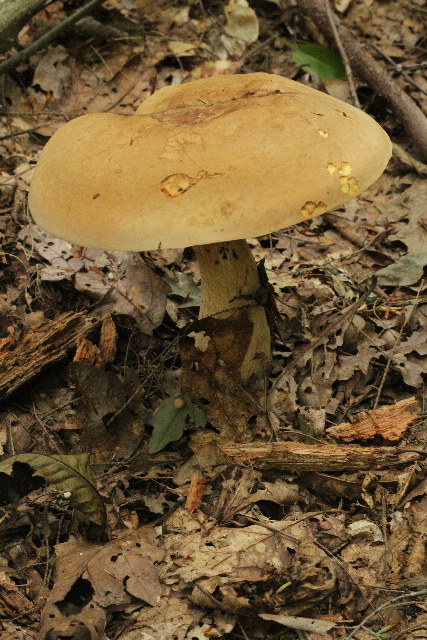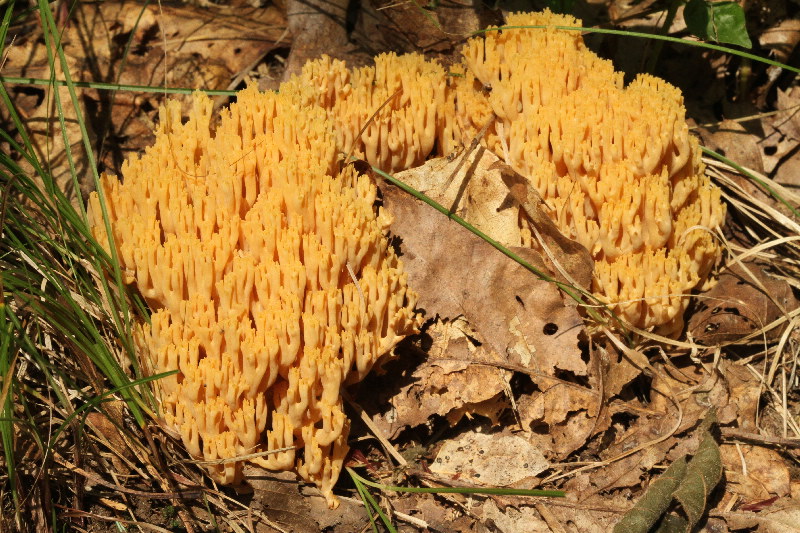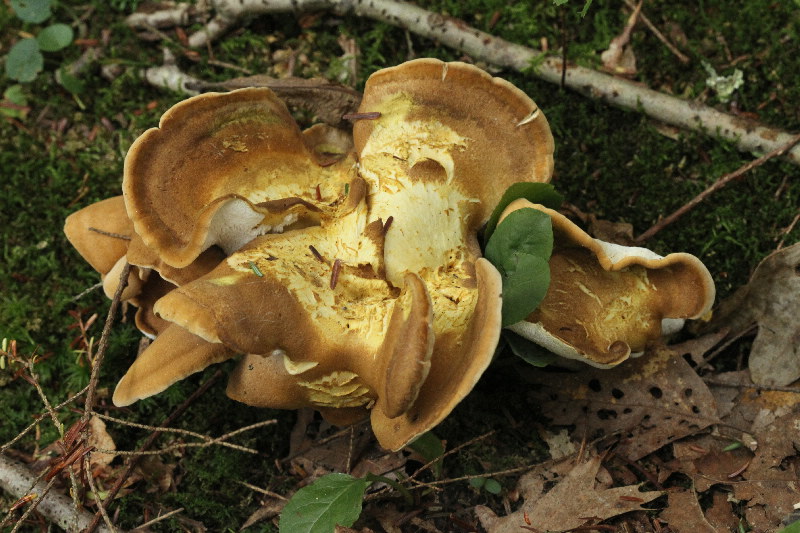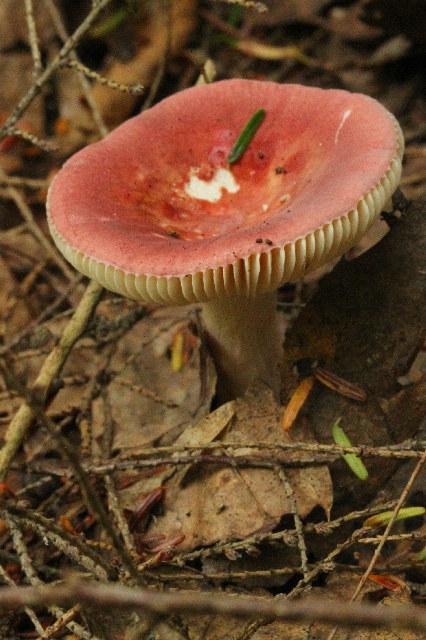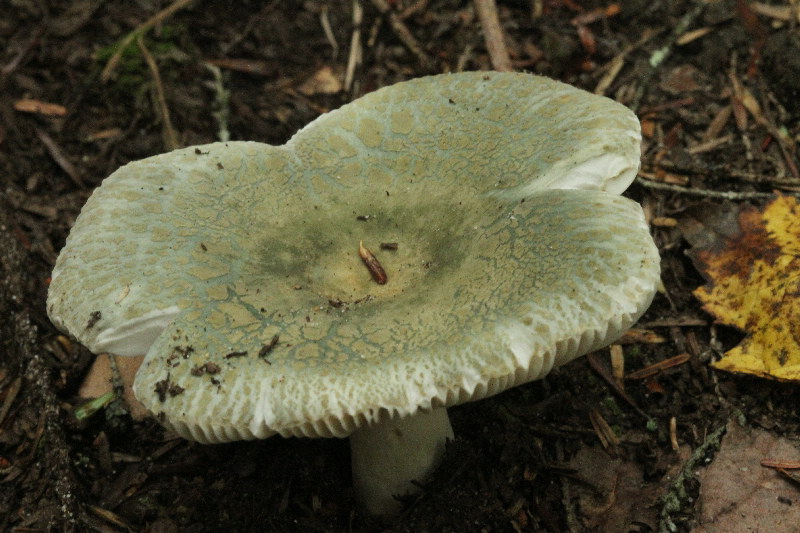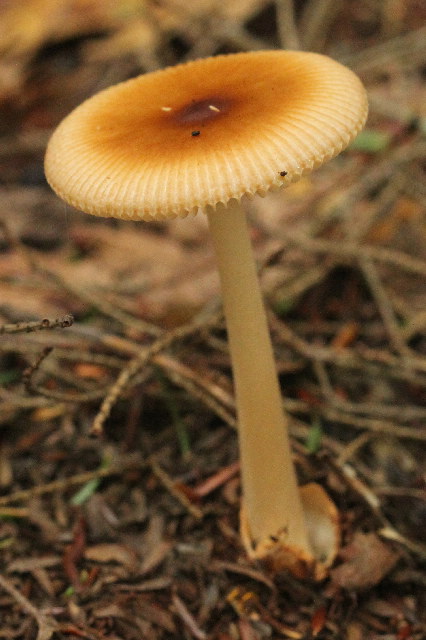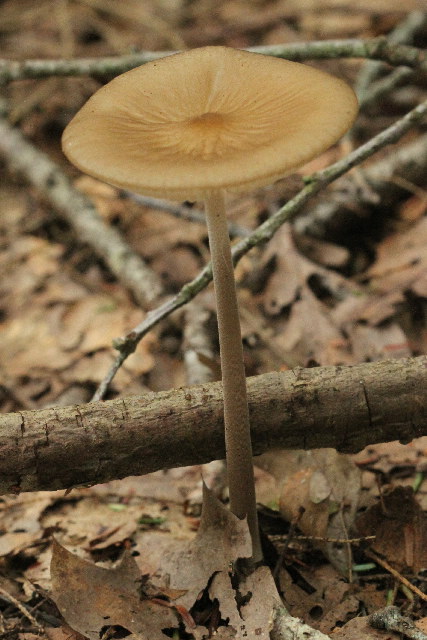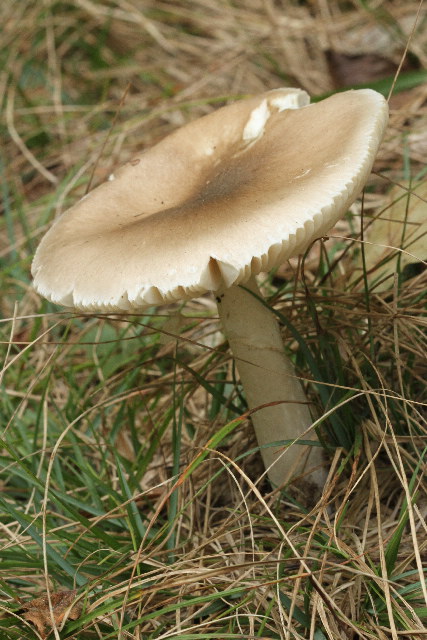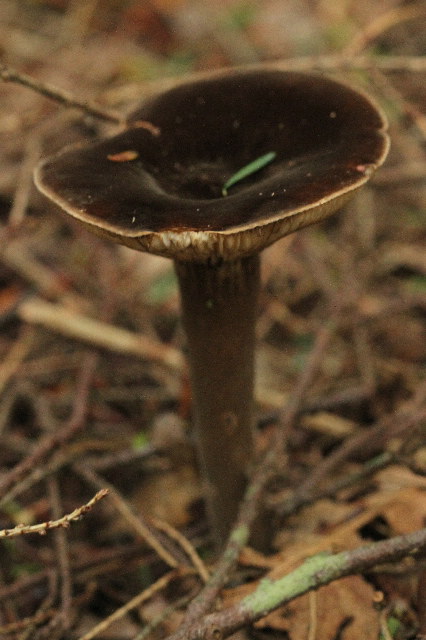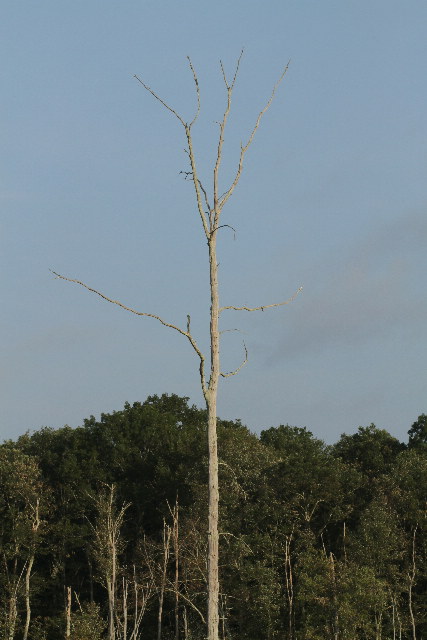Along the Air Line... 2011 - Summer, Part 10 The Air Line Trail in Eastern Connecticut - Stan Malcolm Photos |
mHome Page Stan's FlickR Albums |
August 29th. Yesterday the potent remains of hurricane Irene blew through, causing widespread damage and power outages. (I would not get power back until September 1st. Others would have to wait much longer.) Damage to the Amston section of the trail was minimal, mostly stripped leaves... |
...and a few small trees bent... |
...or broken. According to Hebron Park & Rec, the Colchester Spur fared much worse. I haven't seen other portions of the trail yet. |
The exit stream from the marsh was roaring. Presumably, so was Grayville Falls. |
August 30th. Cool and foggy in the marsh. Water levels still high, but going down. |
|
|
|
August 31st. A female Snowy Tree Cricket (Oecanthus sp.). |
Sawfly larvae resemble caterpillars but have additional sets of abdominal pro-legs. (Sawflies have 6 or more pairs - these have 8; while Lepidopteran caterpillars have 5 or fewer pairs.) |
A distant Green Heron (Butorides virescens). |
|
Gray Catbirds (Dumetella carolinensis) are very common now. Could some songbirds have gone south ahead of the storm? |
Another mature Tiger Swallowtail (Papilio glaucus) caterpillar on the last of the cherry leaves. |
|
Living thorns! They're Two-marked Treehoppers (Enchenopa binotata). |
Note the eyeball and legs (as well as the two light marks on its back). |
Not exactly like real rose thorns, but close enough to fool most predators. |
The adults are often seen adjacent to patches of white "egg froth". Eggs are laid inside twigs and covered with a sticky white froth which protects the eggs through the winter. |
A chemical in the froth acts as an attractant to other females, resulting in additional nearby ovipositions. When the eggs hatch in the spring, the nymphs will feed together. |
A marvelously sculpted and patterned Stink Bug nymph (Family Pentatomidae). |
|
Pale Touch-me-not (Impatiens pallida). Only the second time I've seen it on the trail in ten years. |
Climbing False Buckwheat (Polygonum scandens) |
Winterberry (Ilex verticillata) berries are beginning to ripen. |
|
A Great Blue Heron (Ardea herodius) postures... |
...and uses "gular flutter" to cool itself. The video shows this, then continues through a near miss strike on the hunt. (Sorry for the camera shake.) |
September 3rd. An American Dagger Moth caterpillar (Acronicta americana). |
|
Superficially similar to the Dagger Moth, this Hickory Tussock Moth caterpillar (Lophocampa caryae) is in the Tiger Moth family, Arctiidae. (Dagger Moths are in the Noctuidae.) |
Woolly Oak Leaf Galls are caused by tiny parasitic wasps (Callirhytis sp. in the family Cynipidae). The galls are commonly found along the underside mid-rib of oak leaves. |
A few Turtlehead (Chelone glabra) blossoms are still around. |
Closed Gentian (Gentiana andrewsii) are less frequent than in past years, crowded out by succession along the marsh trail edges. |
Asiatic Dayflower (Commelina communis). |
Poison Ivy (Toxicodendron radicans) is showing early fall color. |
Storm Irene's rain has brought out mushrooms. Thanks to Terry Stoleson of the Connecticut Valley Mycological Society for help with Mushroom identifications on this page. Amanita virosa, "Destroying Angel" (aka bisporigera) once thought to be 2 species and currently using the second name only. It's found under the first name in older books like the Audubon and Roger Phillips'. |
September 4th. The same mushroom has matured. |
A Red Maple leaf floats in mid-air, suspended and twirling from a single strand of spider silk. |
Tree Swallows (Tachycineta bicolor) were gathered in their favorite tree. |
They'll be heading south any day now, and will be missed. |
An afternoon walk from Grayville Road to Judd Brook. Seed heads of Jack-in-the-Pulpit (Arisaema atrorubens) are turning red. |
Fruits of False Solomon's Seal (Smilacina racemosa) have also matured. |
A metallic green Halictid bee (Family Halictidae, Agapostemon sp.) on Goldenrod. |
|
|
A small toad. |
I'm pretty sure this is Stiff Aster (Ionactis linariifolius). |
|
Something I've never seen in my 63+ years, an aggregation of Net-winged Beetles (Family Lycidae, probably Calopteron reticulatum). |
My guess is that there's a "fragrant" female somewhere in this beetle ball, which was slowly moving across the trail. I count at least 7 beetles; there may bave been more. |
A Leaf-footed Bug (Family Coreidae, probably Acanthocephala terminalis). |
|
Not all Goldenrods are yellow. This is our only white-flowered species, Silver-rod (Solidago bicolor). |
A Hawkweed (Hieracium sp.). |
|
Lots of mushrooms down towards Judd Brook. |
Amanita muscaria var. formosa (an eastern version of the fly agaric). |
Amanita cokeri |
Lactarius deceptivus (my guess). It changes appearance a lot as it ages from smooth and very inrolled to a deep vase shape and cap getting scalier the older it gets. (Other "younger" ones were nearby, looking much like pure white bagels.) |
Gomphus floccosus |
Lactarius sp. I think it's an old L. deceptivus. |
Boletes have pores beneath, not gills. They tend towards earth tones. Boletus or Tylopilus sp. |
Boletus sp. Perhaps B. ornatipes. Can't see the stem and tubes clearly enough. |
Boletus roxanae. That lovely totally golden yellow stem is the best ID clue. |
A Coral Fungus (Family Clavariaceae, probably Ramaria sp.). Ramaria sp. I agree. |
My best guess is some sort of toothed Polypore. Albatrellus cristatus, the "Crested polypore" - no teeth, just pores. |
A Russula species. Russula sp. yes. |
Probably another Russula species. Russula virescens. |
Hmm, perhaps another Amanita, specifically Amanita caesarea, the American Caesar's Mushroom. Amanita fulva - one of several species with no partial veil, therefore no ring on stem. Also, the color, striated cap and small volval sac with orange-brown areas indicate A. fulva. A. caesarea has yellow stem with yellow ring and large pure white volva. In CT, we do have intermediate "relatives" of the latter with yellower caps but the other stem details remain the same. |
Xerula furfuracea, "Rooting collybia" because of it's long tap root. (aka Oudemansiella radicata). Just when I finally learned to remember this latter name the nasty taxonimists changed it. |
Amanita brunnescens |
Amanita sp. |
This dark velvet-brown mushroom ought to be easy to identify, but I haven't a guess. Lactarius lignyotus |
September 5th. Looks like the Tree Swallows departed yesterday ahead of bad weather. |
September 7th. Our second day of steady rain. In a brief break, I found these Virginia Creeper (Parthenocissus quinquefolia) berries. |
|
